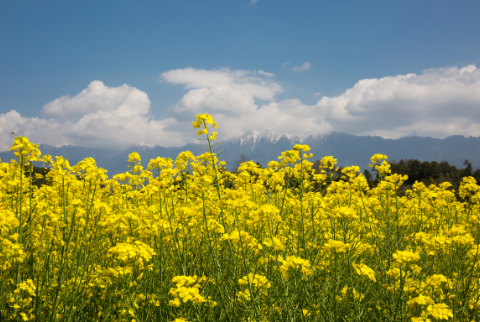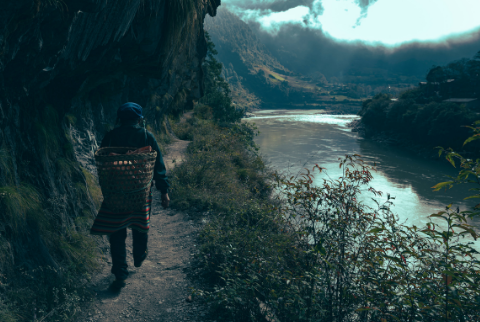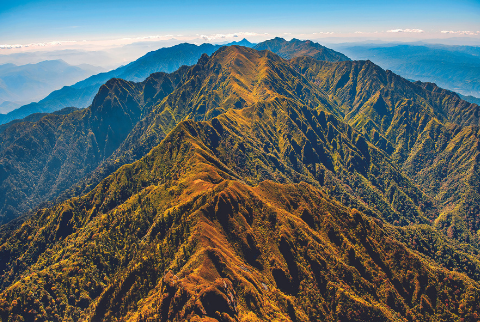
Gaoligong
In southwest China lies the Gaoligong Mountain Biosphere Reserve. This mountain range rises about 4,000 m above sea level, with slopes covered with dense pine and oak forest. Renowned for its biological richness, the reserve is also characterized by a rich cultural diversity with 109 communities belonging to 16 nationalities living within its boundaries. The Gaoligong Mountain is also home to the black snub-nosed monkey, the flagship species of the reserve.
Listen the podcast with He Guiping and Guo Longjie
Legend has it that a goddess of the hunt lived in the Miluyan Cave of Gaoligong Mountain. She took care of wild animals and released captured prey, but also taught villagers how to domesticate birds and spinning, after marrying a young huntsman. Her descendants became the Nu people, who still pray to their ancestor who returned amongst the animals.

This dramatic mountainous stretch of the ancient southern silk road is the subject of legends and stories for the 26 Indigenous communities who live here. The sounds of forests, streams and waterfalls, all the way down the impressive 3,300 metre-high Moon Mountain, intertwine with the cries and at times choir-like repertoire of snub-nosed monkeys.

The mountain’s ancient ruins and well-preserved stretches of the southern silk road suggest people have been living in the area for 4,000 years. Here, 26 Indigenous communities' live side-by-side, each with distinct languages, traditions and creeds past on through generations since ancient times.

In 2011, researchers discovered this critically endangered species of snub-nosed monkey (Rhinopithecus roxellana). When it rains, the monkeys hide their faces into their hands to protect their tiny noses. If water comes in, they sneeze.

From the low foothills to peak at 5,128 m, the incredible altitudinal range within this 405,200 hectares biosphere reserve translates into a vertical landscape of great variety in ecosystems.









